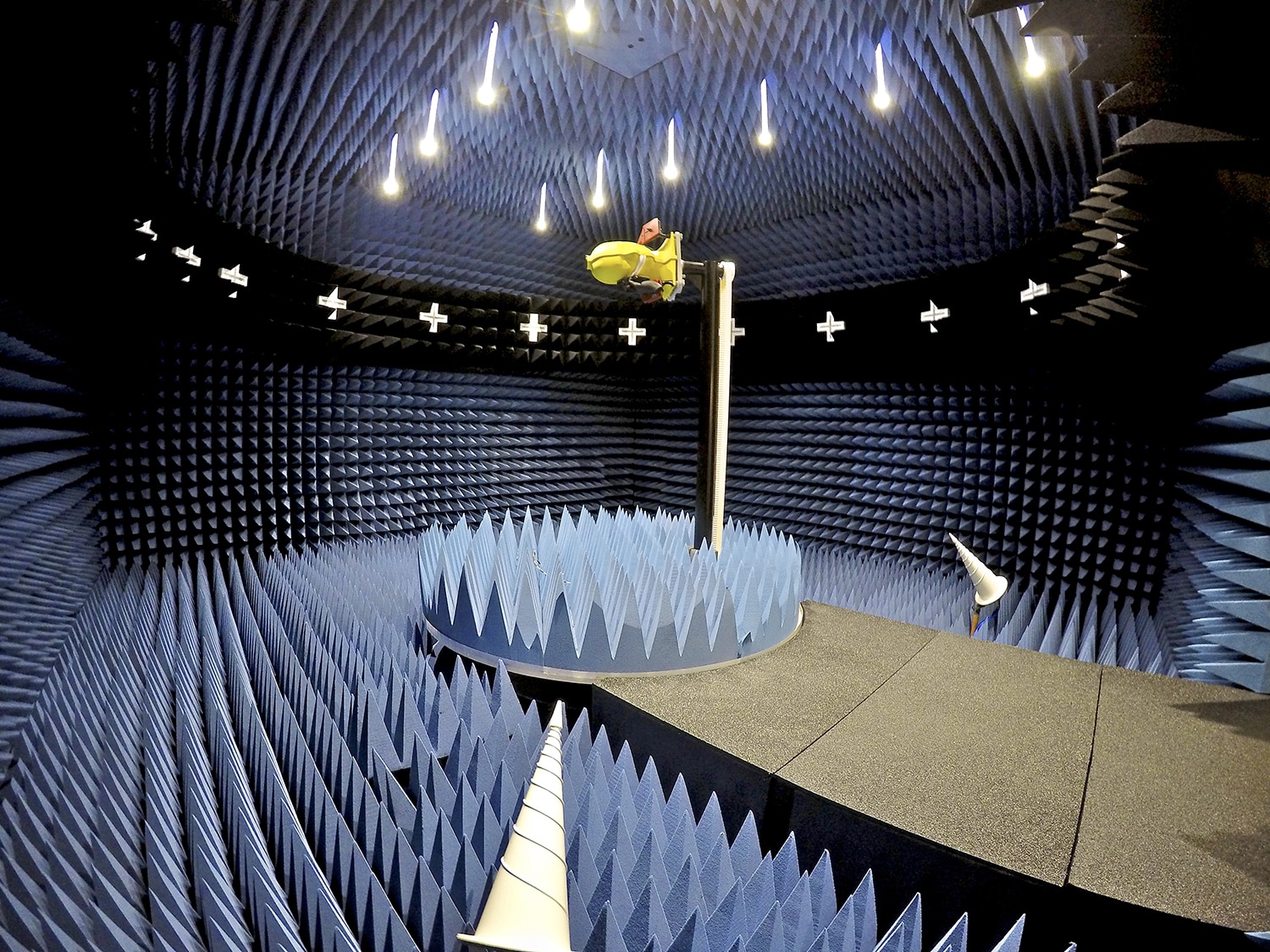SAR and OTA: Testing IoT Device Signals and Radiation
SAR and OTA: Testing IoT Device Signals and Radiation
- Last Updated: December 2, 2024
DEKRA Product Testing
- Last Updated: December 2, 2024



If you haven’t heard of SAR and OTA yet, chances are, you won’t forget about them after reading this article. They have to do with that computer in your pocket, your smartphone. Over-the-air (OTA) and Specific Absorption Rate (SAR) are all about the signals and radiation in your smartphone and other connected devices or Internet of Things (IoT) systems.
For example, when you make a phone call, the battery, antenna, chips and other parts in your phone emit a certain amount of radiation. That’s an inevitable by-product of making your phone call technically possible.
At the same time, your device should be built in such a way that it doesn’t emit too much radiation. That's to ensure that you can use your phone safely. That’s where OTA and SAR play an important role.
Can You Hear Me?
Through OTA testing, you can check whether IoT devices that are ready to sell on the market meet the minimum radio frequency (RF) performance operator requirements.

Image Credit: DEKRA Product Testing
The RF performance of your device should be good enough to ensure your phone works well under most circumstances.
OTA testing consists of the measurement of the maximum transmission power of a device as well as its maximum sensitivity—in other words, the minimum signal level the device receives and understands.
The combination of the two, OTA and SAR, allows the tester to assess the radiation pattern of the device for both the transmission and reception and to see whether it’s adequate in all possible directions using fake heads, hands and wrists to simulate real conditions. This is all in an effort to make sure you hear the person on the other side well.
OTA testing isn't mandatory, at least not for European Conformity (CE) or the Federal Communications Commission (FCC). However, most network operators ask manufacturers to perform independent OTA testing.

Image Credit: DEKRA Product Testing
So, what’s that difficult relationship we were talking about earlier? There are two sides to this story. It’s great to have a powerful IoT device that receives and transmits information well. However, with that transmission inevitably comes radiation.
As mentioned earlier, the radiation your smart device emits needs to stay within certain safe limits. That’s where SAR testing comes in, which you could say does the opposite of OTA testing.
Sugar, Salt and Water
Enter the fake heads and bodies. You perform SAR testing by using fake body parts composed of specific materials. They simulate the dielectric properties of the human body.
Basically, you mimic the conductivity and permittivity of the human body with a liquid solution of sugar, salt, water and other ingredients. You then use different compositions of the solution for different frequencies, simulating, for example 1800 MHz, WiFi or 5G.
What does that look like? See the image below for an idea.

Image Credit: DEKRA Product Testing
You can imagine that if an IoT device performs really well during an OTA test, this might not benefit its SAR rating. It’s up to the manufacturer to find the perfect balance. It’s good to note that SAR testing is always required, for CE and also by the FCC in the US, while OTA testing isn’t. As more and more IoT products enter the market and penetrate the everyday lives of people around the world, ensuring the safety and reliability of those products is key.
The Most Comprehensive IoT Newsletter for Enterprises
Showcasing the highest-quality content, resources, news, and insights from the world of the Internet of Things. Subscribe to remain informed and up-to-date.
New Podcast Episode

Moving Past the Pilot Phase in IoT and AI
Related Articles
Are We Running Out of Infrastructure Capacity? What IoT Leaders Need to Know
December 18, 2025

Clarity Wins: What the Blue Jays’ World Series Run Teaches Tech Leaders About Alignment and Execution
October 24, 2025

Integrating IoT Data with Enterprise Systems: Breaking Silos for Better ROI
October 3, 2025


